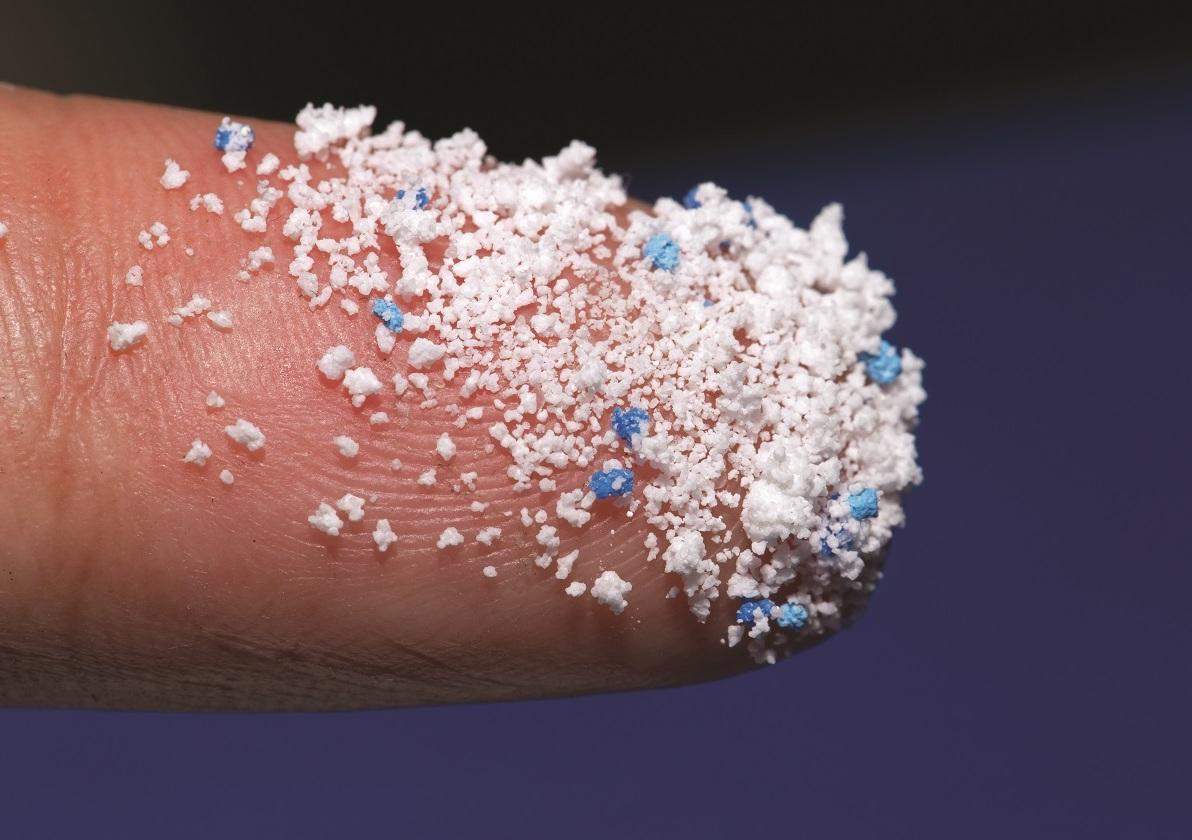According to recent research, microplastics have penetrated everywhere. It is found even on the mountain tops and in the deepest recesses of the human lungs. It is easy to guess that the ingress of foreign particles that do not naturally decompose does not promise anything good for health.
microplastics everywhere
Plastic waste almost does not decompose chemically, but gradually breaks down into small and very small particles and enters the water supply system and soil. If the size of such particles is from 0.001 to five millimeters, it is called microplastic. If they break down even more – to a size of less than 0.001 millimeters – they are called nanoplastics.


Fine plastic particles under the microscope / Photo iStock
Where does microplastic come from?
- Such invisible impurities will soon be found on fish, fruits, vegetables, etc. And with them – to our table.
- Also, if a person drinks one and a half to two liters of water from plastic bottles per day, he gets up to 90 thousand microscopic plastic particles per year.
- Researchers at the Medical University of Vienna say those who prefer tap water could drop that number to as little as 40,000, depending on where they live.
There is another important source of microplastics – cosmetics and personal care products. The fact is that in most cases manufacturers (including the most famous brands in the world) deliberately add microscopic plastic balls to the product in order to improve its technical characteristics. All this microplastic also penetrates into the human body.
How much plastic do we eat and what threatens it?
According to research, The average person ingests about five grams of microplastics per week. This mass is equal to a bank card.
Scientists say the passage of microplastics through the gastrointestinal tract alters its microbiome. This in turn causes metabolic disorders: obesity, diabetes and chronic liver disease. These particles can cause inflammatory reactions and immune response, and nanoplastics can trigger chains of chemical reactions that often cause cancer.
how to deal with it
Experts offer some simple tips:
- Heat food in the microwave, put it in ceramic containers, not plastic ones.
- Ventilate the room more often.
- If possible, do not use plastic packaging and be particularly contaminated with microplastic items such as tea bags.
- But the most important is the restriction of the use of plastic containers for water.
Source: 24 Tv
I’m Maurice Knox, a professional news writer with a focus on science. I work for Div Bracket. My articles cover everything from the latest scientific breakthroughs to advances in technology and medicine. I have a passion for understanding the world around us and helping people stay informed about important developments in science and beyond.















